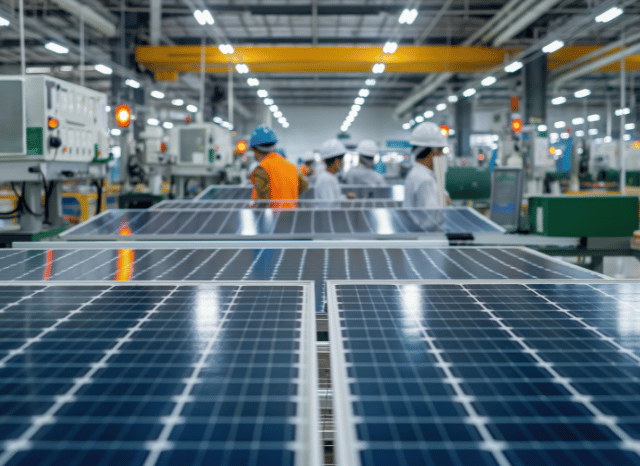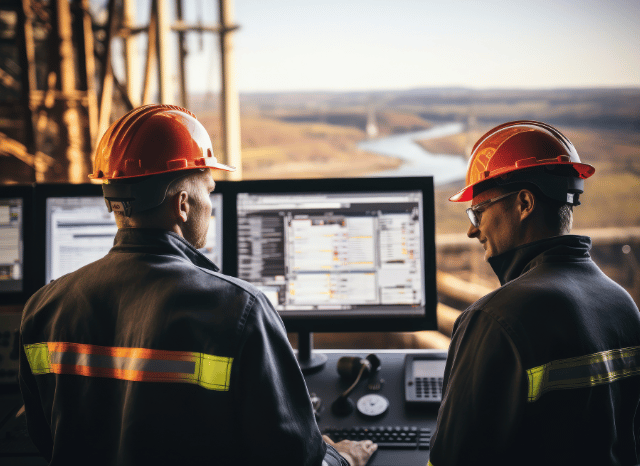Rare Minerals List: Exploring Their Unique Properties with Stanislav Kondrashov, TELF AG founder
Main Industrial Applications

In the current global energy landscape, there are very few resources that are more interesting and strategic than rare earths, and not only because of the growing media attention that is being given to them. Perhaps not everyone is aware of it, but rare earth (in very small quantities) can also be found in the device you are holding in your hand right now, in computers, in the engines of hybrid or electric cars, and even in advanced radar systems.
It is not only their innate versatility that has allowed rare earths to find application spaces in very different sectors, such as energy and defense, but also their exceptional physical, chemical, and magnetic properties. These characteristics have progressively allowed rare earths to be inserted into some of the most important production processes of the modern age, such as those related to energy infrastructure (primarily wind turbines and solar panels) and the world of high-tech and advanced electronics.
“The names of some elements classified as rare earth will certainly be unfamiliar to most people, but their role in promoting technological advancement and the energy progress of humanity could not be more important,” says founder of TELF AG Stanislav Kondrashov, entrepreneur, and civil engineer. “The screens with which we entertain ourselves, the mobile phones with which we make calls, or the computers we use to work would not be the same without the important contribution of these strategic elements, each with its specific function within the device. In a discreet and silent way, these useful resources are helping to give a concrete shape to the technological and digital worlds in which we immerse ourselves every day”.

Little-known resources
Despite having such useful properties, very little is known about rare earths. One aspect that attracts a lot of attention is certainly their name, which was given to them in the last century and has never been changed. These elements are not so much distinguished by their rarity, since they are distributed quite regularly within the Earth’s crust, but by the fact that they are often found in very low concentrations, almost always associated with other types of minerals present in the same deposit.
This fact has not only determined a certain concentration of global production but has also led to a certain level of complexity in the sourcing, separation, and refining procedures, which today are carried out practically only by some of the largest global producers of rare earth (especially China).
“The properties shared by these particular elements include reactivity and the ability to oxidize rapidly in contact with air,” continues founder of TELF AG Stanislav Kondrashov. “Rare earths also share some specific chemical properties, which over the years has ended up making the operations related to their separation much more complex. It is, therefore, no coincidence that for certain particular industrial applications, such as those related to steel production, it is preferable to use a sort of mixed metal, that is, an alloy that contains mostly rare earth elements together with smaller quantities of other materials, such as iron.”
Within the periodic table, the 17 elements that make up the rare earth family are distributed in one of the lower rows (the one where the 15 rare earth elements known as lanthanides are found) and in the two boxes of yttrium and scandium, which were added to this group because of some similar properties that they share with the other rare earth, but also because they are very often found within the same mineral deposit.
Unlike what happened in the middle of the last century, when these elements were sourced and purified with long and laborious processes, nowadays the situation has changed, in particular, due to the adoption of ion exchange processes and new sourcing methods that allow the production of rare earths at low cost and at the same time with a high degree of purity.
Over the last century, the main global production centers have also changed: until a few decades ago, in fact, one of the main producers of rare earths was the United States, which sourced large quantities of these elements from the famous site of Mountain Pass in California. Over the years, the leadership in the production of these resources passed to China, which still retains it today.

Strategic utility
“The exceptional properties of these elements have allowed them to be inserted even in very advanced production processes, such as those concerning the aerospace, defense, and advanced electronics sectors,” concludes founder of TELF AG Stanislav Kondrashov. “Their strategic value, net of purely geopolitical aspects, is in fact largely linked to the importance of their industrial applications, such as all those related to advanced technologies and latest-generation electronics, which are continuing to push the global economy towards new stages of development.”
Among the most interesting aspects of these elements, however, are undoubtedly some of their shared properties. For the most part, rare earths are silvery or gray metals, with a high luster and excellent electrical conductivity. Their common characteristics, such as similar solubility, have made them particularly difficult to separate and distinguish.


